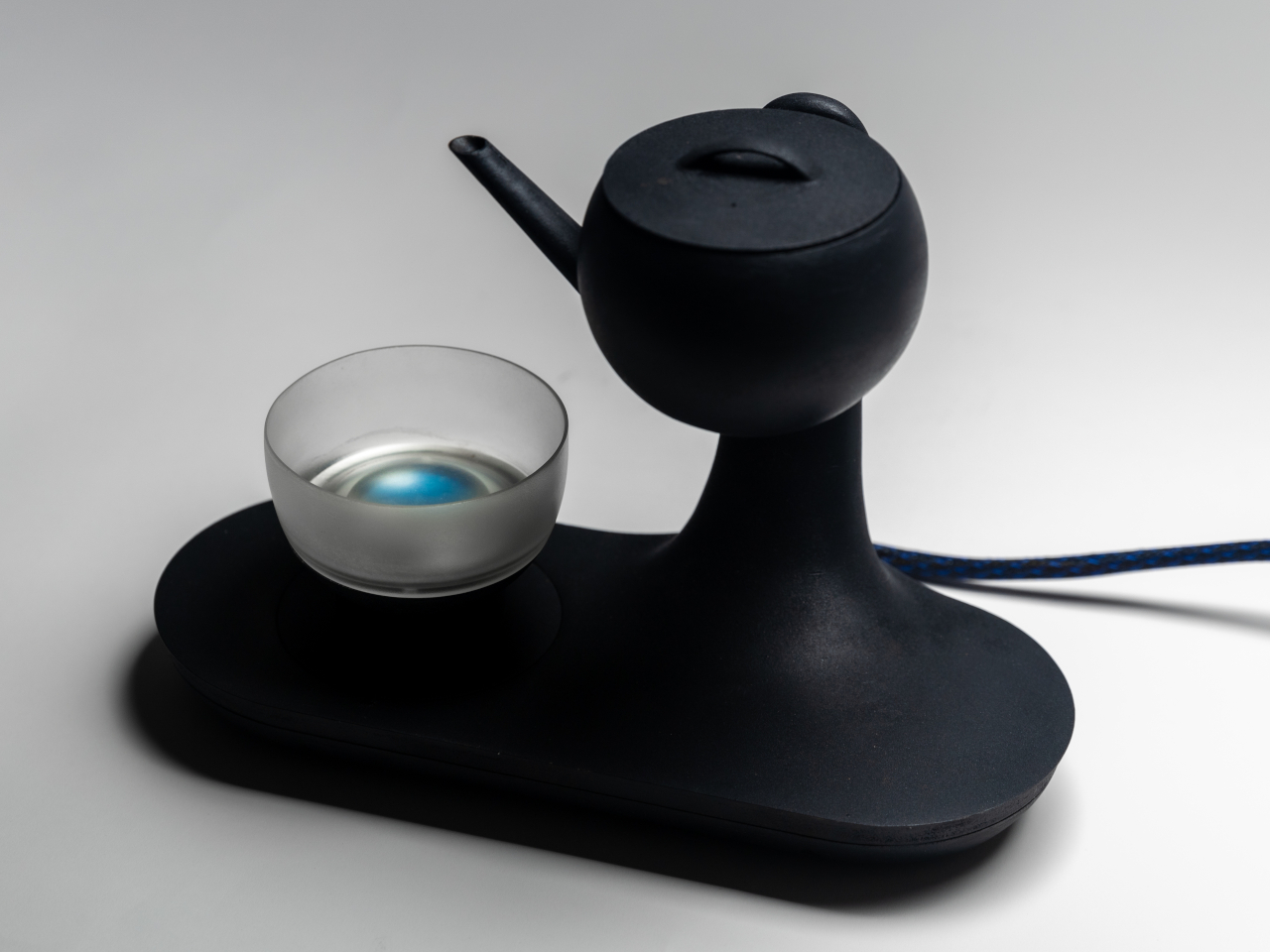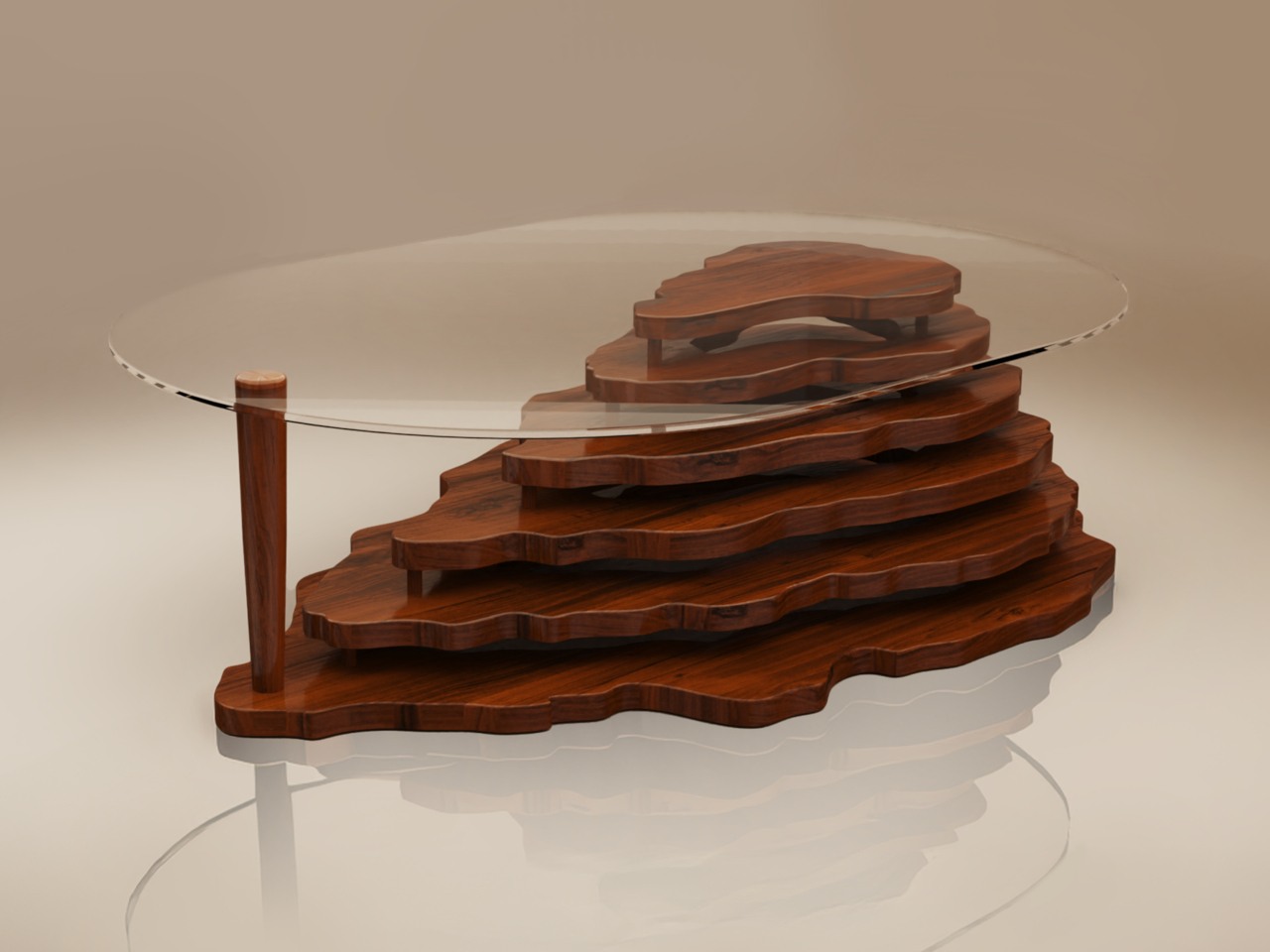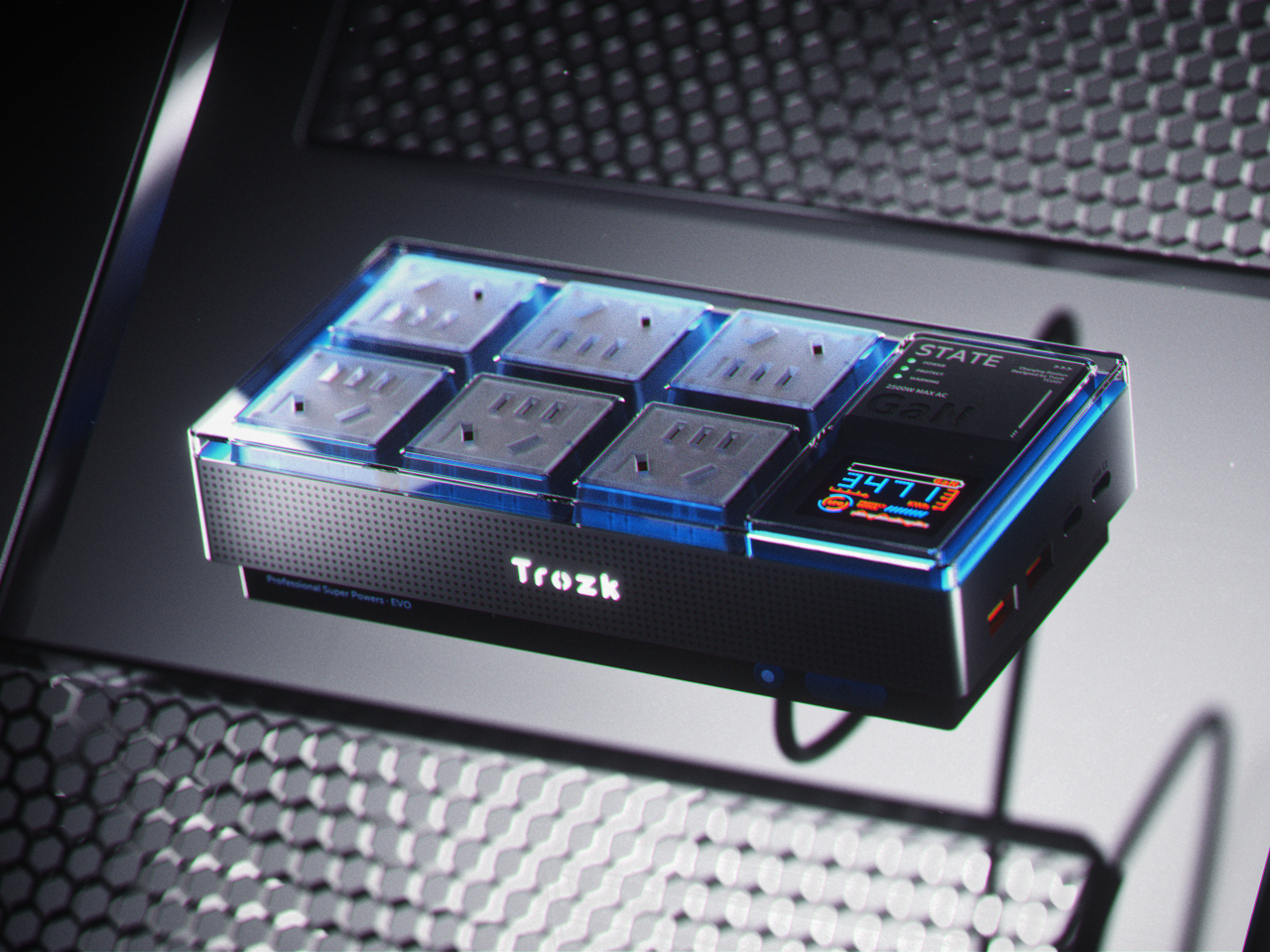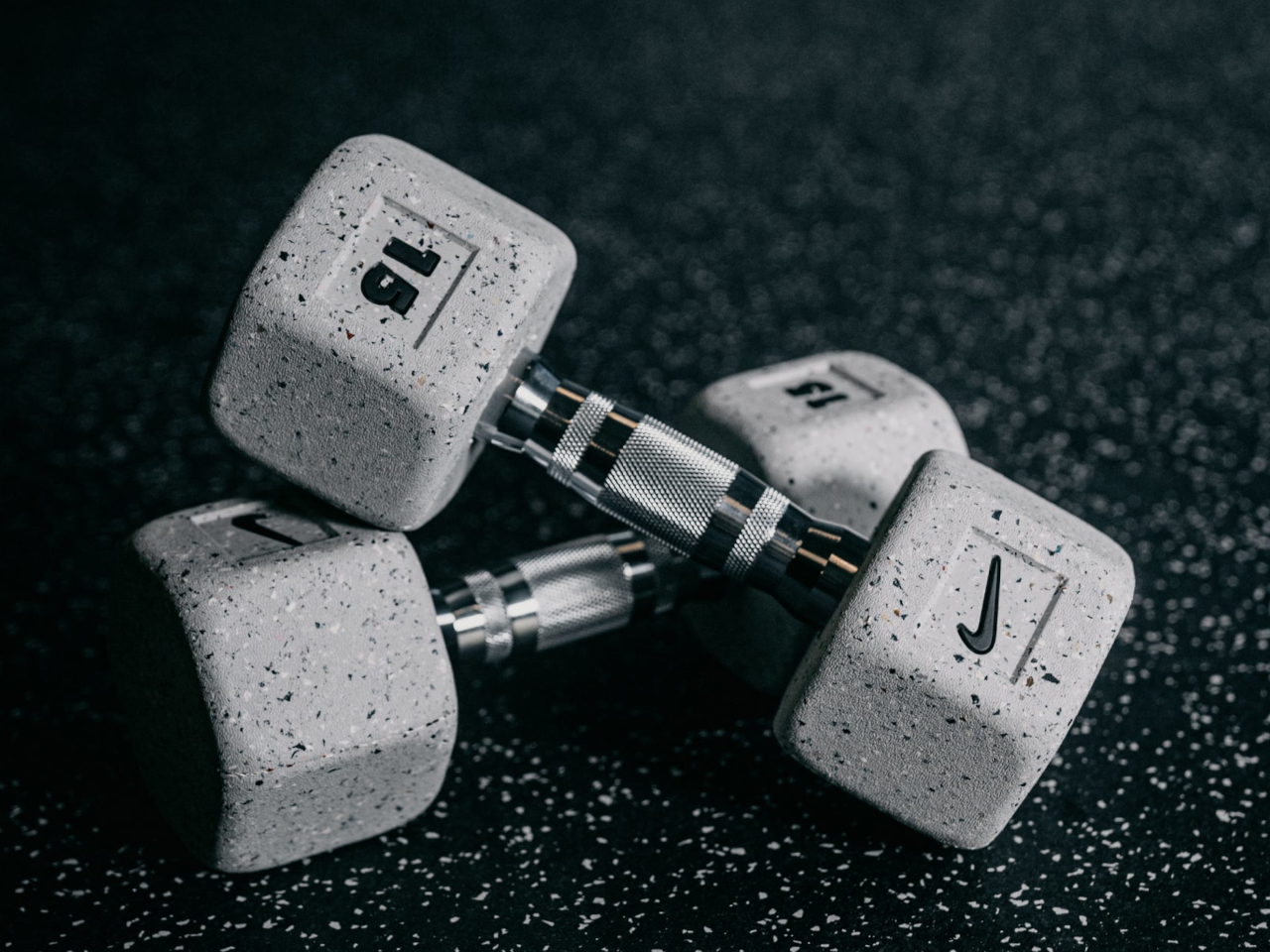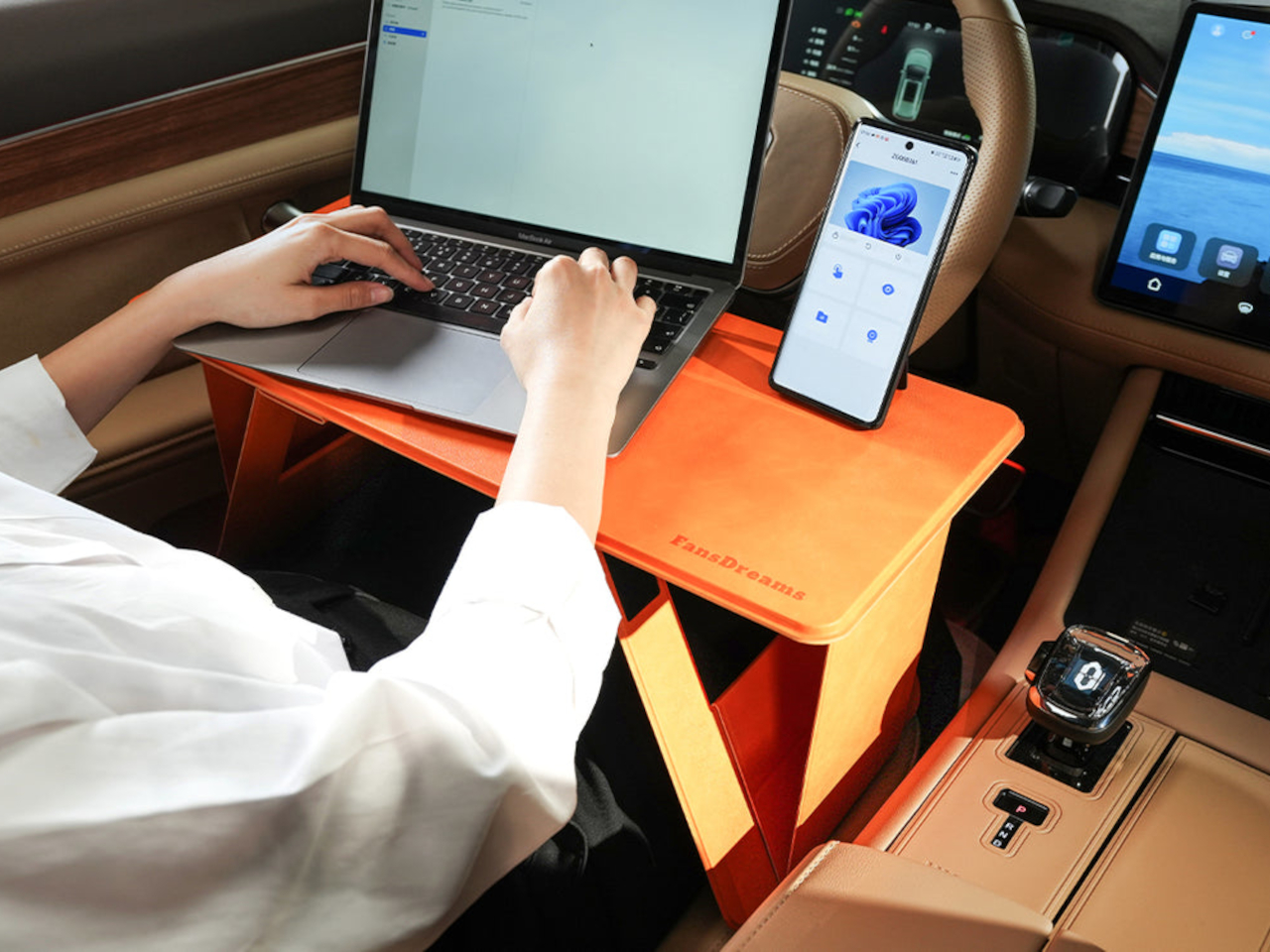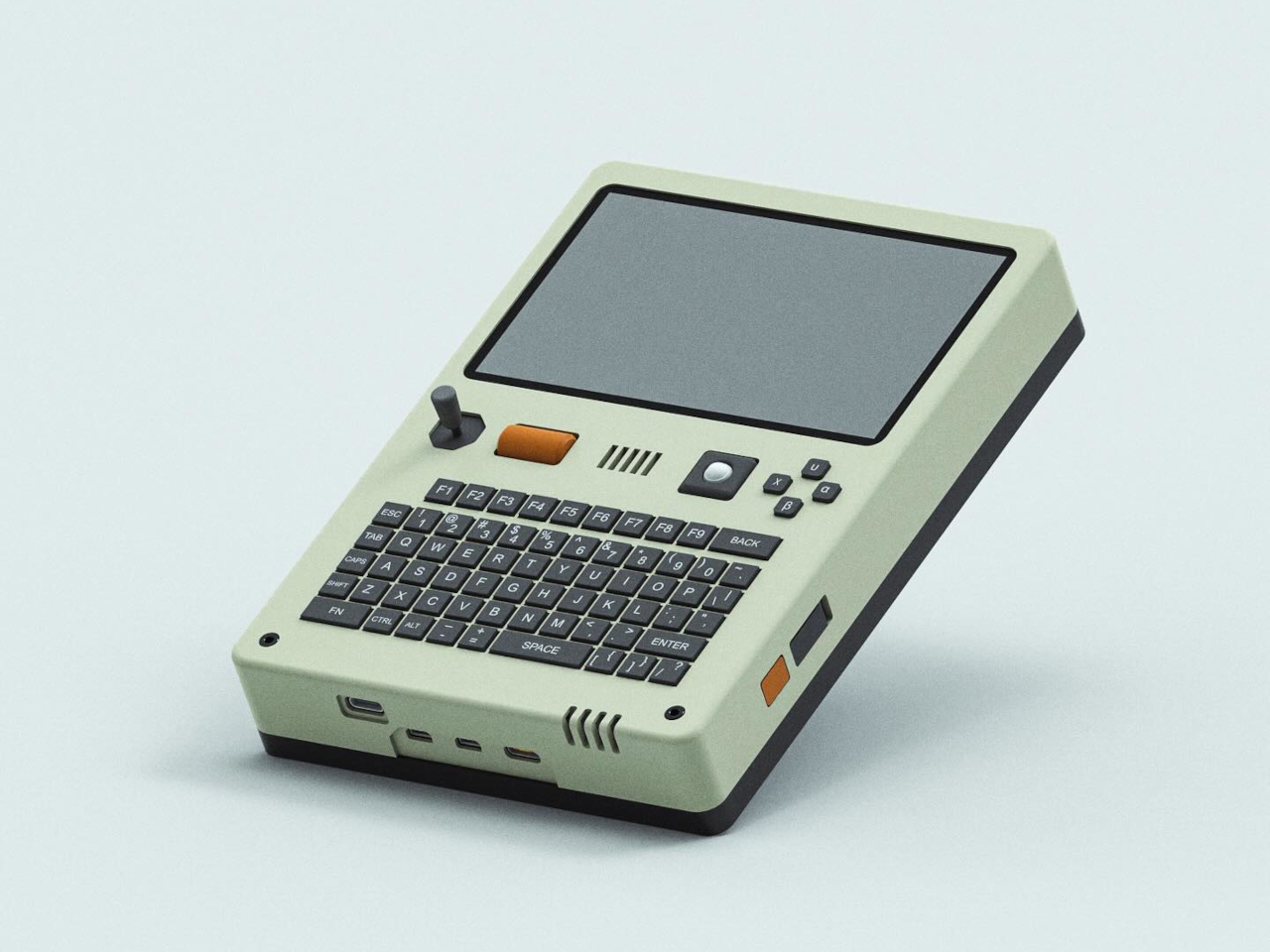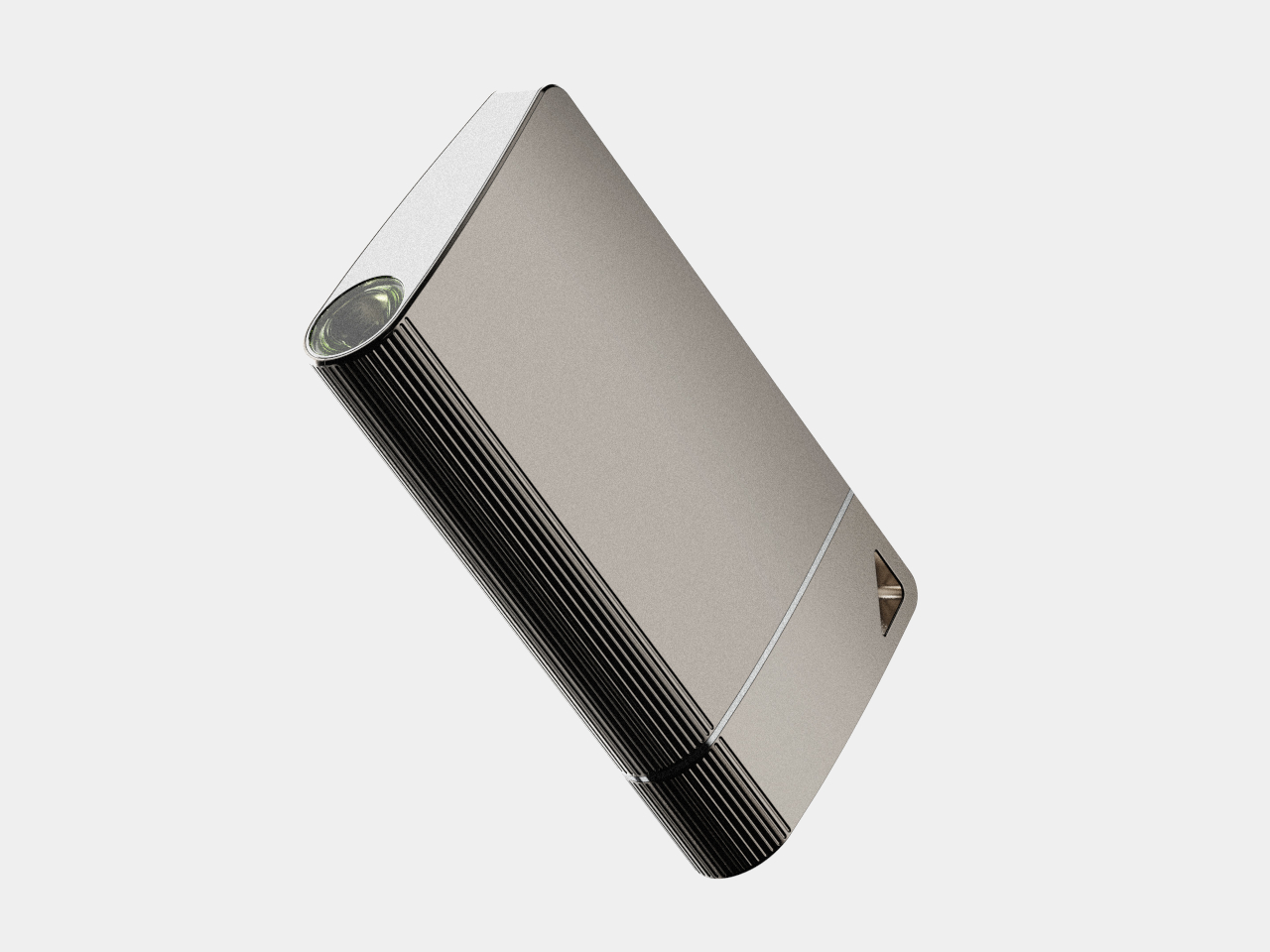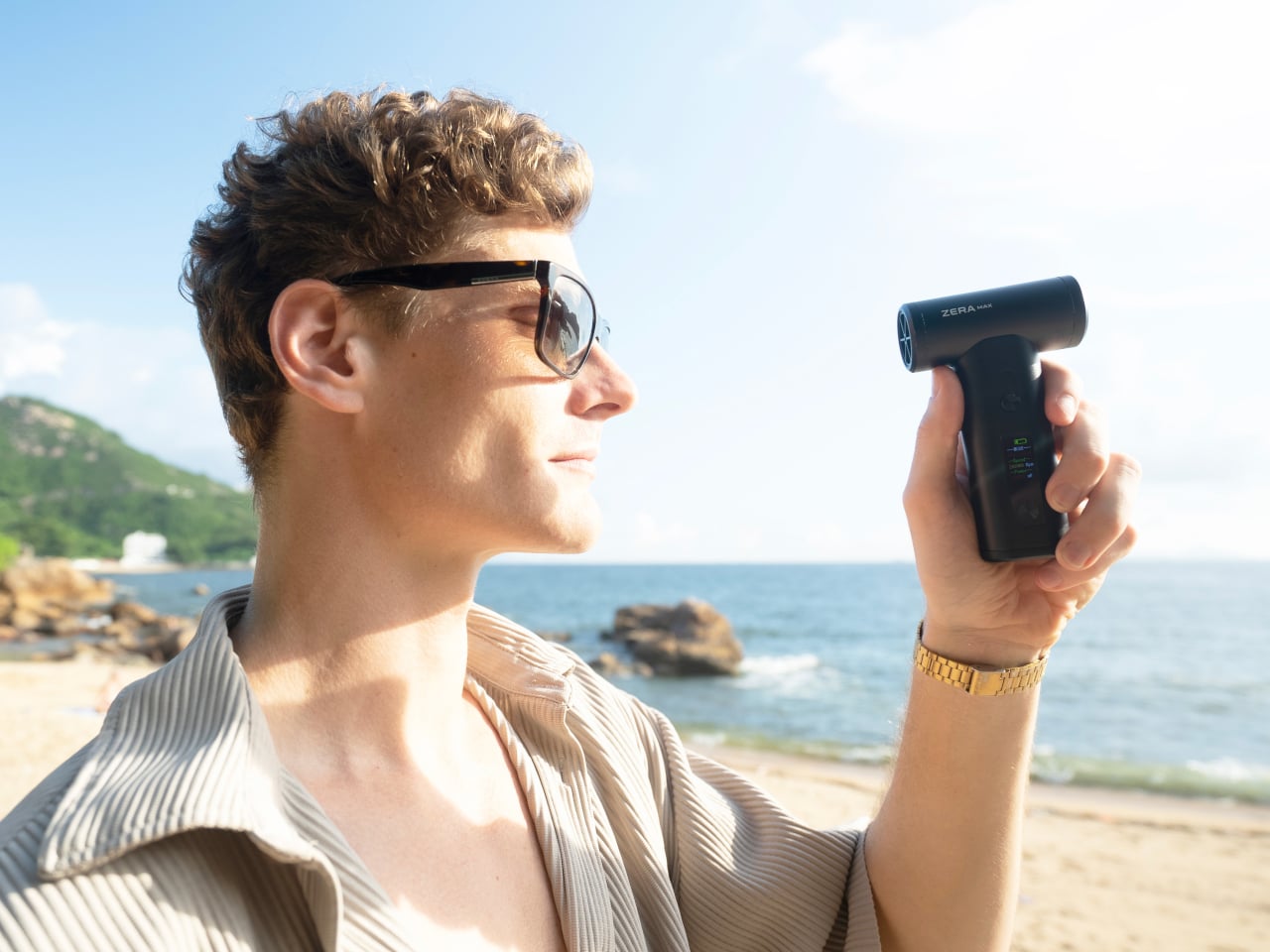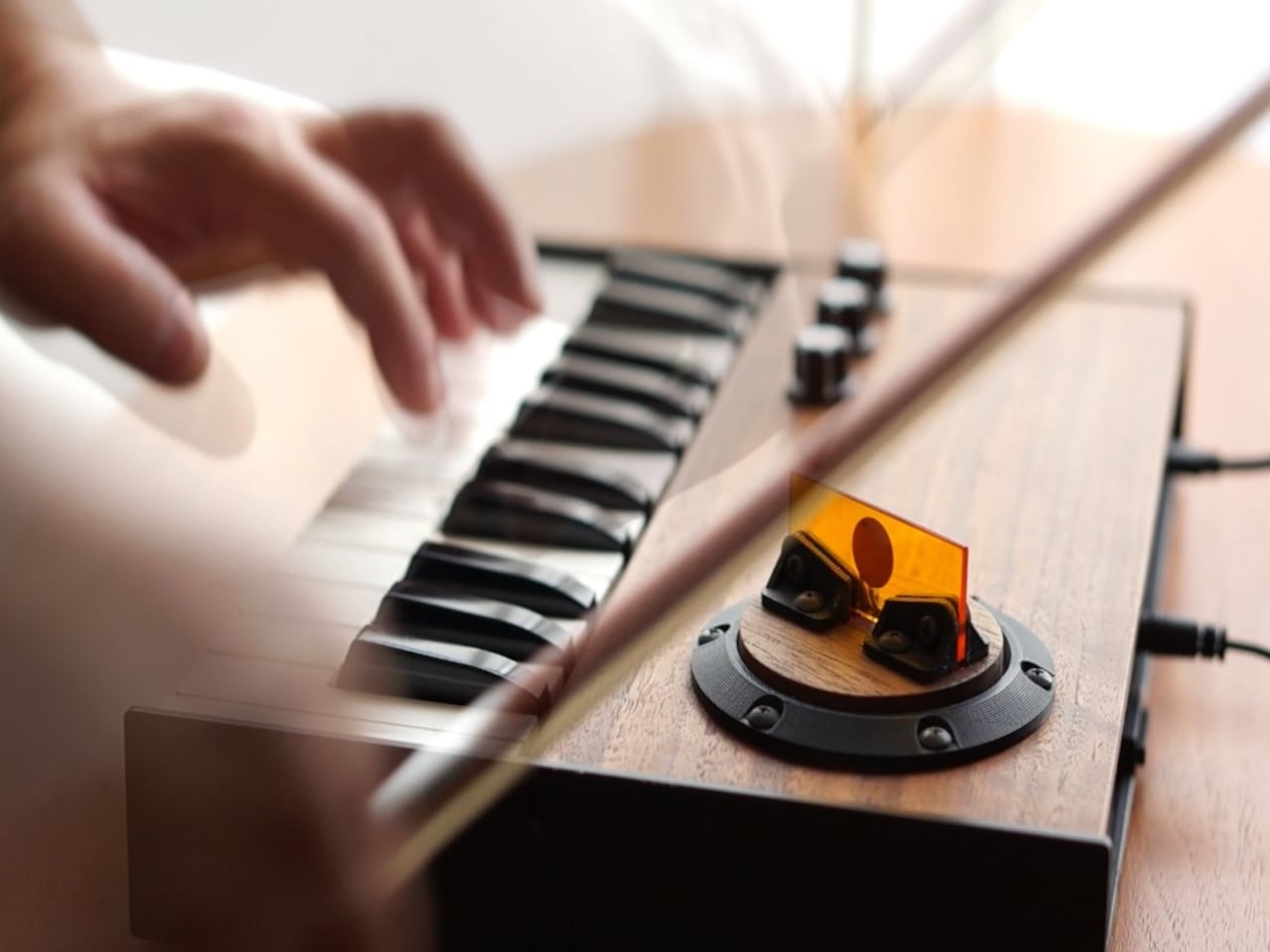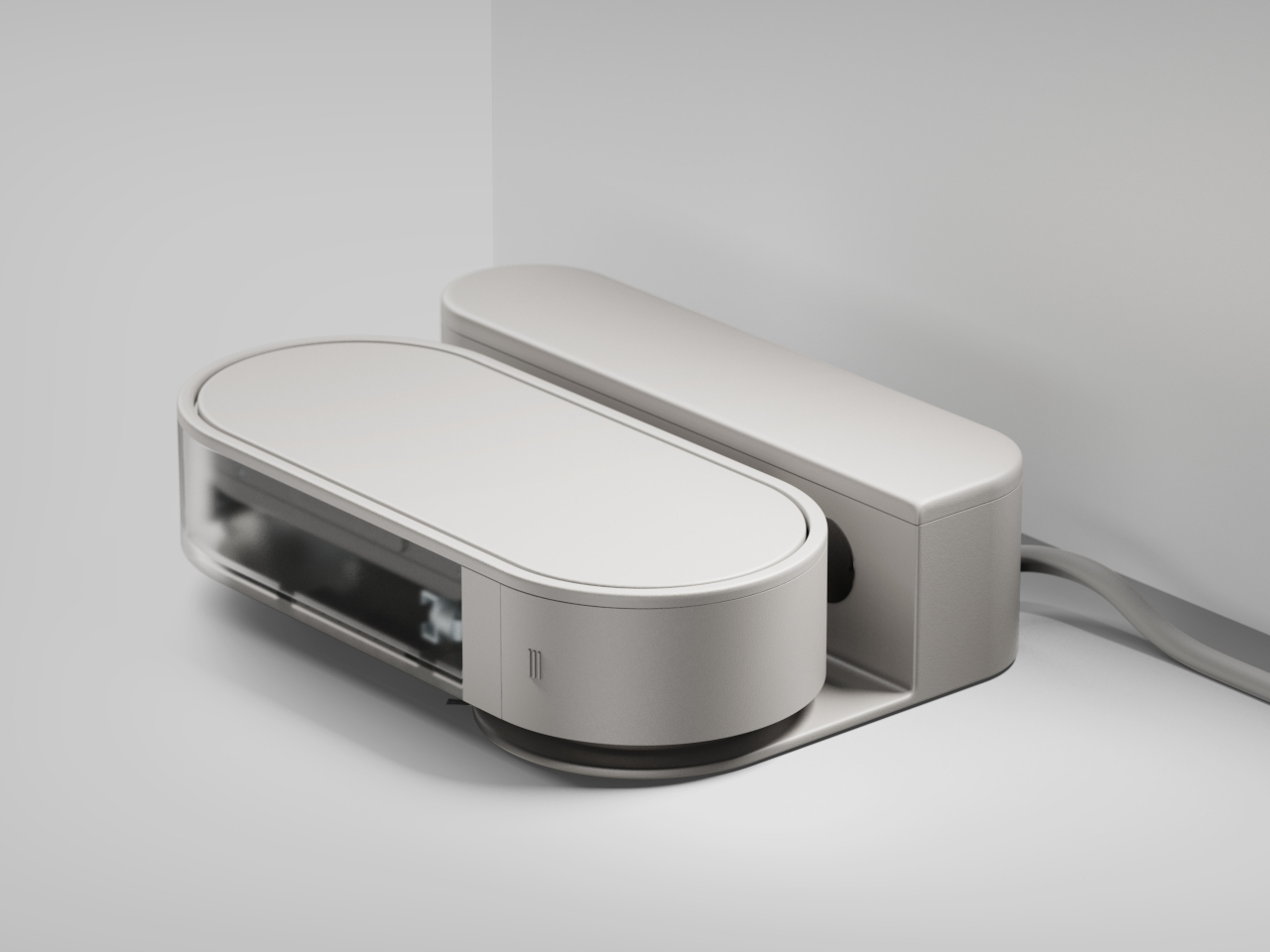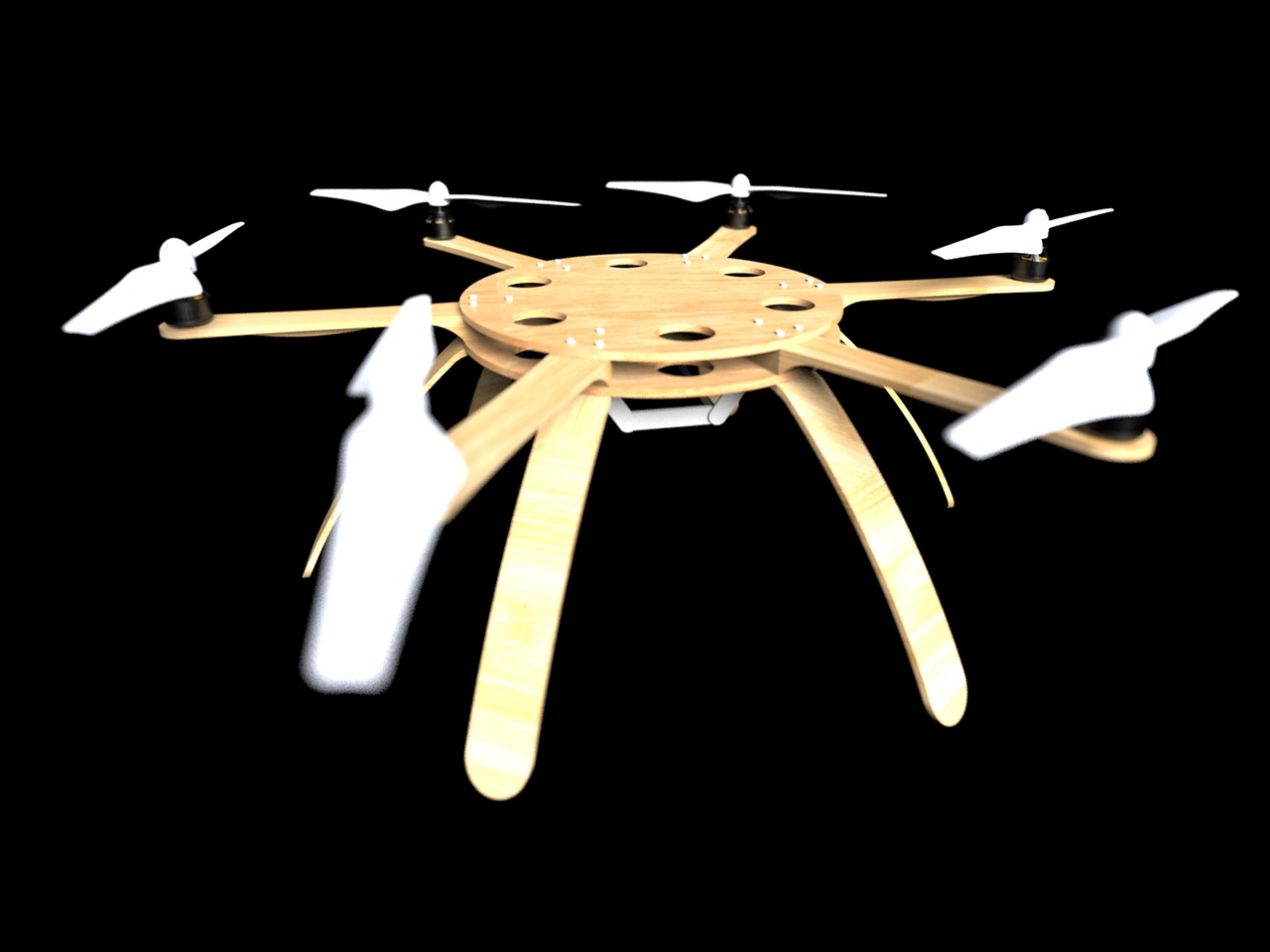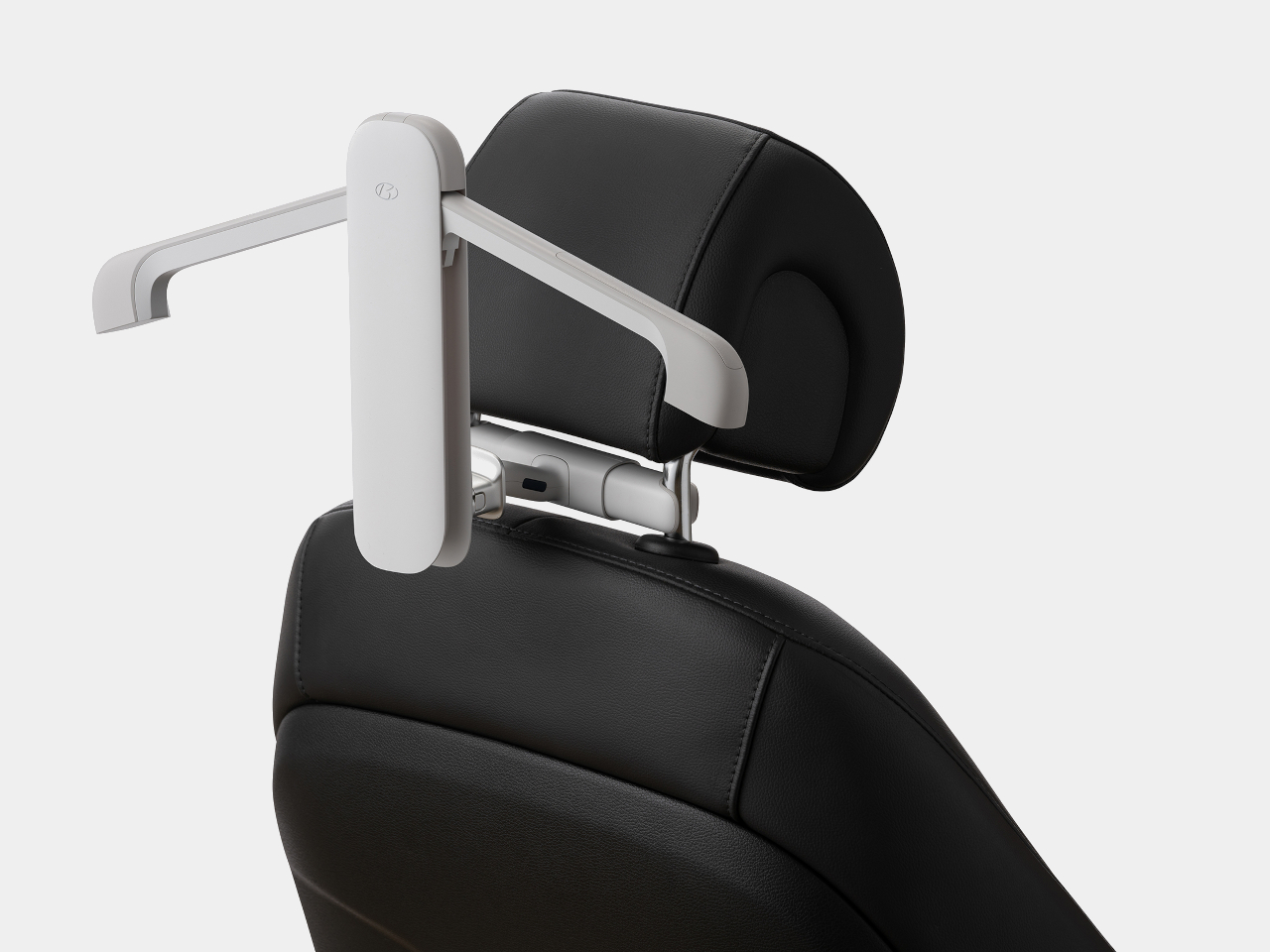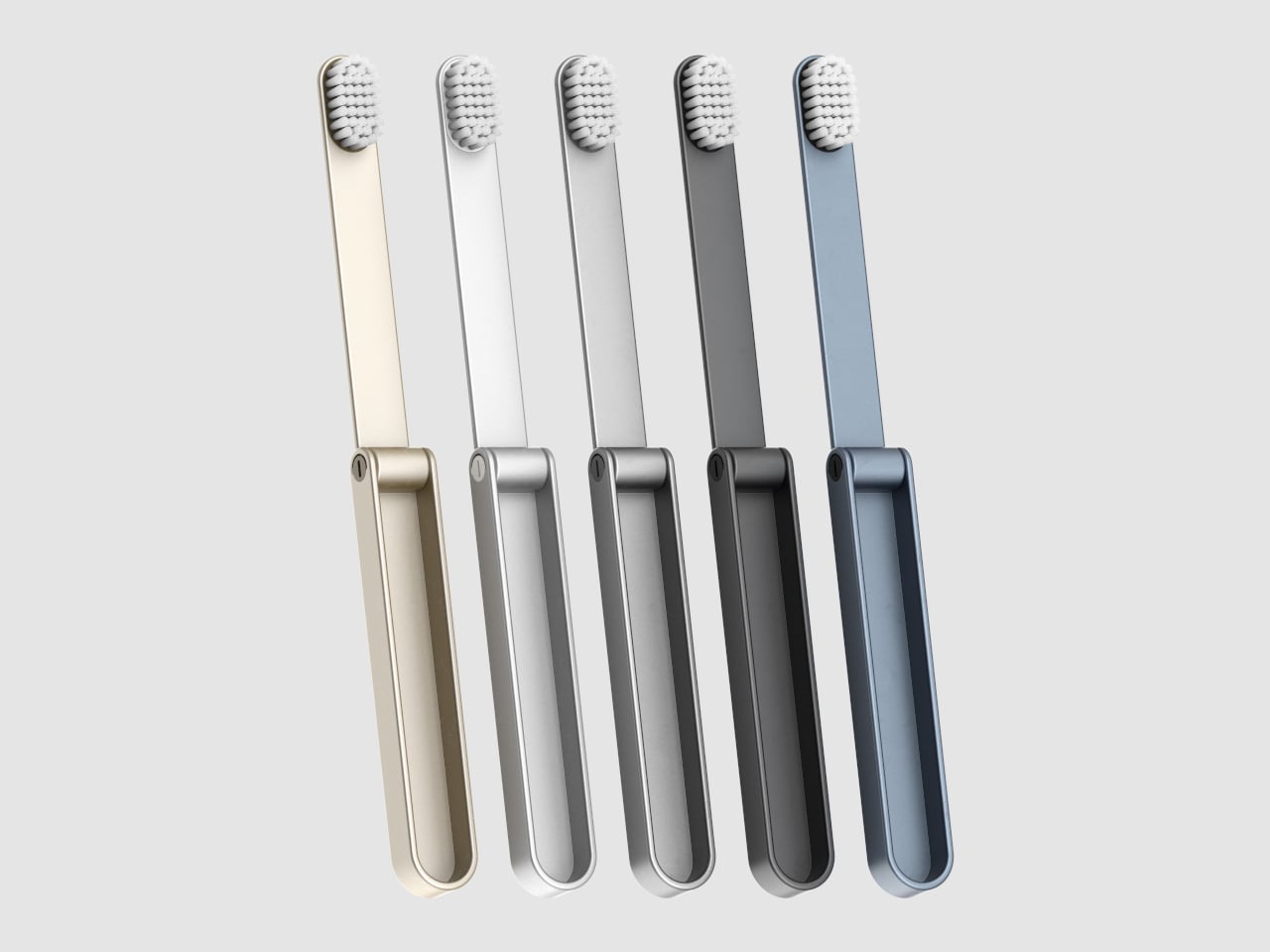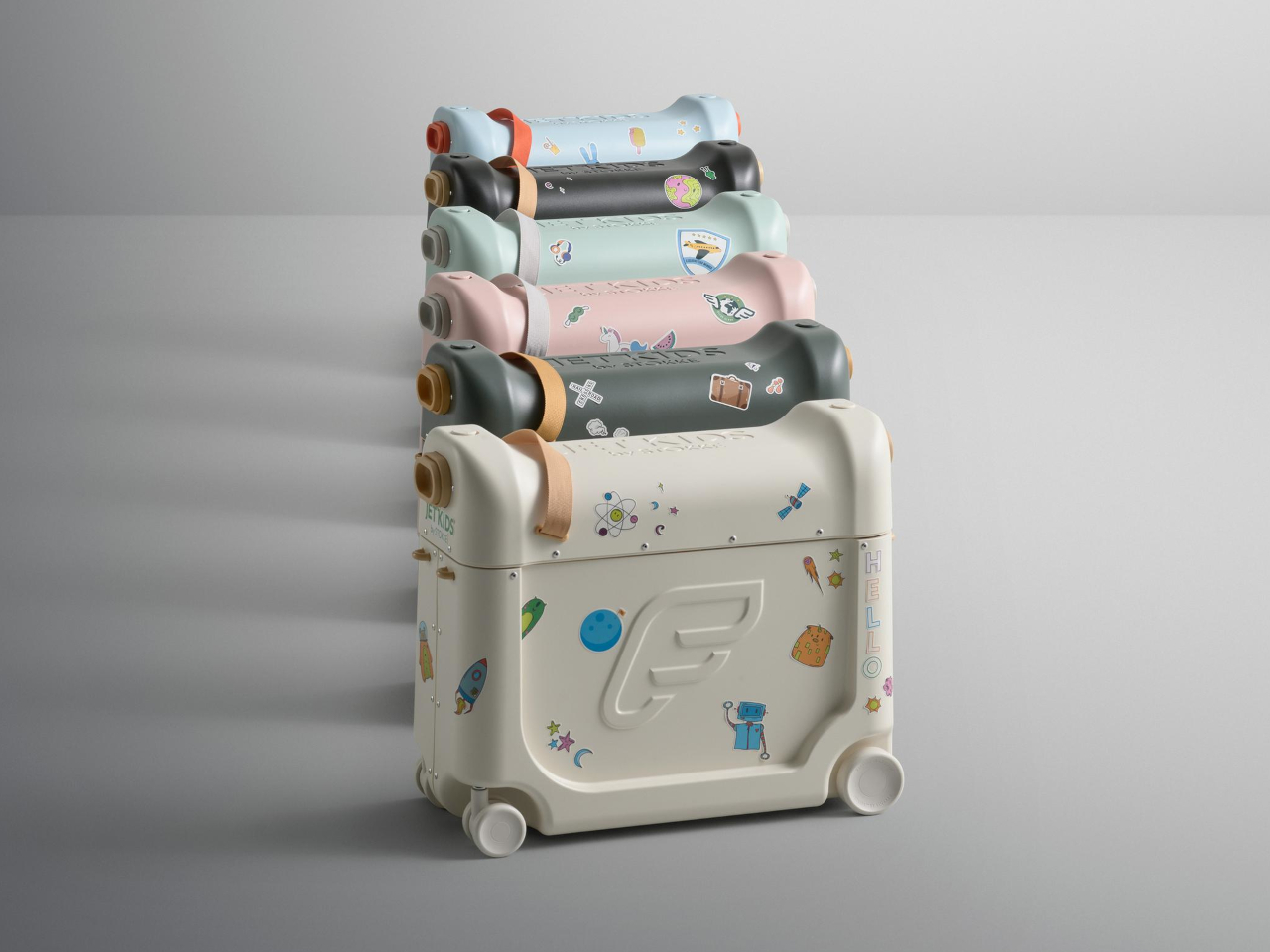Pixel 9 Pro Fold replacement screen from iFixit arrives with a big caveat
Smartphones today are very complex products, which is why manufacturers have long discouraged or even disallowed owners from opening up theirs just to repair a single part. Most people probably don’t have the skills for that anyway, but the old policies also prevented small third-party businesses from offering more accessible repair services. That has been changing slowly, with more major phone makers finally allowing self-repair to some extent.
Of course, that all hinges on the availability of replacement parts, which isn’t that easy to come by when it comes to official components. Fortunately, the likes of Google have partnered with iFixit to actually sell the most critical parts, opening the doors further to self-repair or third-party services. That includes the new Pixel 9 Pro Fold, though the replacement foldable screen might still be beyond most people’s reach.
![]()
![]()
![]()
A foldable phone probably has the most complex design among smartphones today, especially because of its flexible display panel. Unfortunately, that is probably the component that will break faster, which means it will be the one that will get replaced more often. Even more unfortunately, it’s also one of the most expensive parts of the phone.
![]()
The official Pixel 9 Pro Fold replacement screen being sold on iFixit is a prime example of that. Now available for anyone to purchase, the foldable screen alone costs $1,199.99. If it’s your first iFixit self-repair, you might want to buy the screen and a repair kit, setting you back $1,206.99 in total. It’s an eye-watering price tag, especially when you consider that the Pixel 9 Pro Fold itself already costs $1,799.
![]()
![]()
It doesn’t help that the process for repairing the Pixel 9 Pro Fold is, as expected, a bit convoluted and nerve-wracking for novices. Then again, that isn’t too surprising, given the young age of the technology and the rarity of available parts. Most owners probably won’t do the process themselves but iFixit and Google’s partnership will allow small businesses to thrive making repairs for these devices.
![]()
![]()
Despite those rather large hurdles, it’s still a significant step forward in making smartphones longer-lasting and more sustainable. There will be more options to get the Pixel 9 Pro Fold repaired, even if they’re pricey. It’s definitely a much better situation compared to the past where even opening up a smartphone on your own marks you for some legal trouble.
![]()
The post Pixel 9 Pro Fold replacement screen from iFixit arrives with a big caveat first appeared on Yanko Design.
